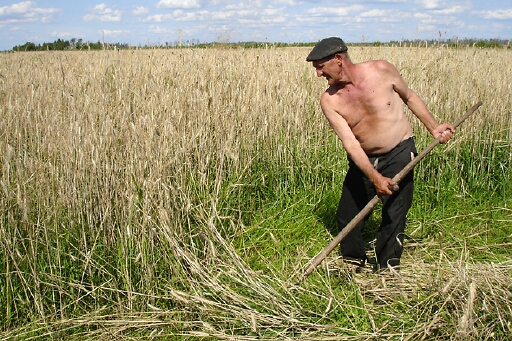Agricultural impact of the accident
The releases during the Chernobyl accident contaminated more than 120,000 sq. km of land in Russia, Belarus and Ukraine, of which more than 50,000 sq. km. were agricultural lands. Some mandatory countermeasures were implemented shortly after the accident, including the boundary control of personnel, the cessation of field work, harvesting, pasturing and slaughtering of carnivores. These measures caused huge losses in agriculture. Some remedial measures were implemented later, including the removal of surface layer of soil and use of special fodder to reduce contamination, so that agriculture could continue. Radioiodine, which was rapidly absorbed from grass and introduced into milk through animal uptake, was an early concern after the accident. Fortunately, because of the short half life of the nuclide, the concern abated quickly. Radioactive Caesium, however, could remain for years because of its half life of 30 years. Nowadays, with the exception of a few areas, the concentration of radioactivity has fallen to within safe levels.

Farmers in Jelno, a village some 300 km away from the Chernobyl Nuclear Power
Station, have gone back to the field after remedial measures under an IAEA project
have rendered the land safe for cultivation. (Source: Petr Pavlicek/IAEA)